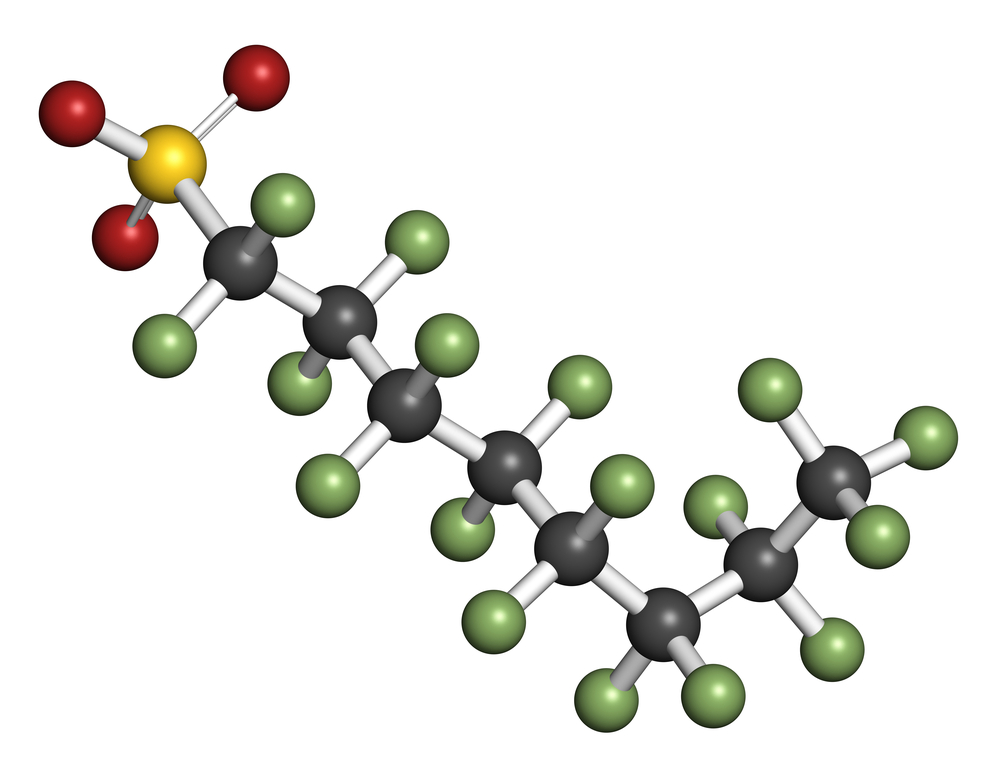Dutch study aims to give insight in the presence of PFAS in consumer products and waste streams in the Netherlands

Never waste a good crisis
The implementation of the Dutch Decree on Soil Reuse, back in 2019, directly lead to a major crisis in the Dutch construction and dredging industry. The omnipresence of PFAS in Dutch soils, combined with the strict standards imposed by the new decree, made almost every transport and reuse of excavated soil impossible. In response to this crisis, the State Secretary for the Environment commissioned a study to assess PFAS-sources in products and waste, in order to better understand the origin of the concentrations of PFAS in humans and in the environment.
Three-step analysis approach
After identifying relevant categories of exposure routes, 129 samples (products, dust, waste material,…) taken from different categories were tested using three types of PFAS-analyses, with each next step having an increased level of detail. The three steps consist of: 1) screening all samples for extractable organic fluorine (EOF), 2) a target analysis for 42 individual PFAS and 3) a smaller selection of samples on the Total Oxidizabe Precursor assay (TOP). The TOP was applied to those samples that showed a high EOF but a relatively low response in the target analysis.
Ubiquitous PFAS
Most of the selected samples contained organic fluorine and/or PFAS. The highest concentrations were found in several types of water- and stain repellent products (e.g. sprays and waxes for textile, carpets, floor protection,…). The extensive analytical assessment also showed that in more than 90% of the products, less than 10% of the PFAS present could be explained by the PFAS-target analysis, indicating the presence of other (unknown) PFAS.
The dust samples (often containing relatively high concentrations of PFAS) taken in several industries, households and offices indicate the widespread use of PFAS.
Contribution to the environment
Conclusively, a rough estimate was made of the loads of PFAS in the different categories, based upon the amount of products used in the Netherlands and the concentrations measured in the study. These estimated loads offer a valuable impression of the contribution of the different categories to the release of PFAS to the environment.
The study conducted by Arcadis Nederland can be found on the website of the House of Representatives of the Netherlands.
EmConSoil coordinator
- Address
- Stationsstraat 110
2800 Mechelen
Route and accessibility - Telephone
- +32 15 284 284
